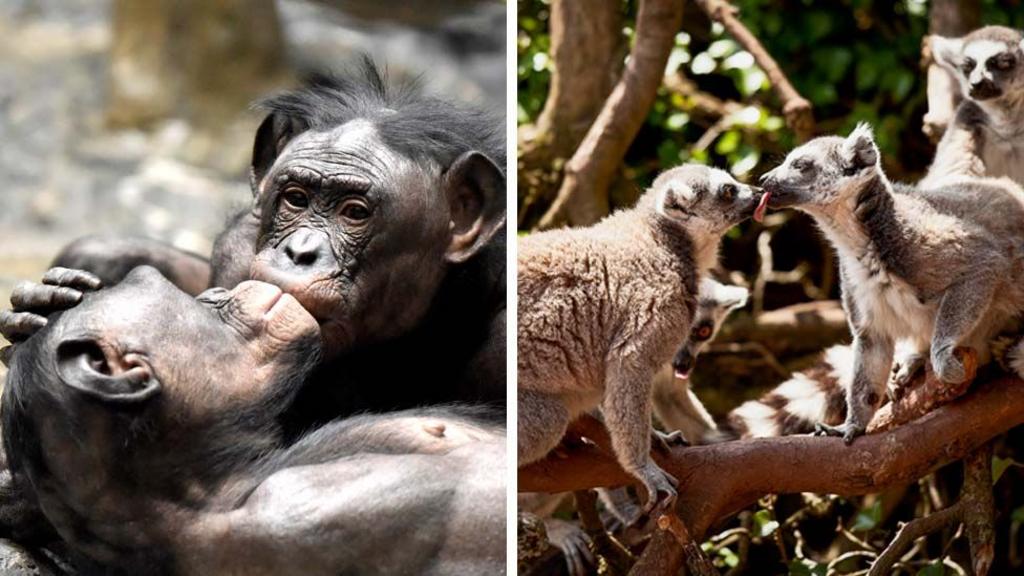Humans, monkeys, and even polar bears engage in it. Now, researchers have reconstructed the evolutionary origins of kissing.
Their study suggests that mouth-on-mouth kissing evolved over 21 million years ago, likely practiced by the common ancestor of humans and other great apes.
The research also suggests that Neanderthals may have kissed, and that humans and Neanderthals may have even exchanged kisses.
Scientists studied kissing due to its evolutionary puzzle. It boasts no clear survival or reproductive benefits, yet it’s observed in human societies and across the animal kingdom.
By discovering kissing behavior in other animals, scientists created an “evolutionary family tree” to determine when it most likely evolved.
To ensure accurate comparisons, the researchers defined a “kiss” quite precisely – and perhaps unromantically.
In their study, published in the journal *Evolution and Human Behaviour*, they defined kissing as non-aggressive oral-oral contact “with some movement of lips or mouthparts and no food transfer.”
“Humans, chimps, and bonobos all kiss,” explained lead researcher Dr. Matilda Brindle, an evolutionary biologist at the University of Oxford. From this, she concluded, “it’s likely that their most recent common ancestor kissed.”
“We think kissing probably evolved around 21.5 million years ago in the large apes.”
The study found behaviors that matched its scientific definition of kissing in wolves, prairie dogs, polar bears (with significant tongue involvement), and albatrosses.
The research team focused on primates, particularly apes, to construct an evolutionary picture of the origin of human kissing.
The same study also concluded that Neanderthals – our closest ancient human relatives, who died out about 40,000 years ago – also kissed.
Previous research on Neanderthal DNA showed that modern humans and Neanderthals shared an oral microbe – a type of bacteria found in our saliva.
“That means that they must have been swapping saliva for hundreds of thousands of years after the two species split,” Dr. Brindle explained.
While this study clarified when kissing evolved, it didn’t answer the question of why.
Several theories suggest it arose from grooming behavior in our ape ancestors or provides an intimate way to assess a partner’s health and compatibility.
Dr. Brindle hopes this research will pave the way to understanding the reasons behind kissing.
“It’s important for us to understand that this is something we share with our non-human relatives,” she stated.
“We should be studying this behavior, not dismissing it as silly because it has romantic connotations in humans.”
Although the chemistry of autumn colors is well understood, there is an ongoing debate among scientists about why trees evolved their vivid autumn colours in the first place.
‘Crabs’ are a collection of decapods that have evolved over millions of years to look the same.
The bald, subterranean rats are the world’s longest-lived rodent.
A study in Rwanda reveals the significance of a social connection between female mountain gorillas.
Researchers in Cuba and the UK are working together to reveal the biological secrets of the beautiful but endangered Polymita snail.

